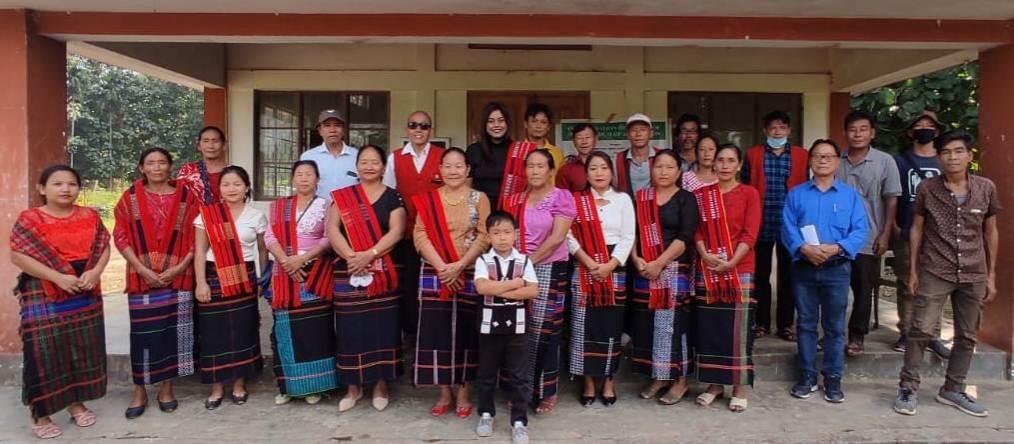Turtle Survival Alliance (TSA) India headed by Shailendra Singh recently signed a unique, long-term agreement with four village committees in Nagaland for conservation and protection of endangered tortoises and turtles and their habitats. The agreement was signed at Baghty Town Hall on October 23, according to a press statement.
TSA India Program has already been running a conservation breeding program for the species, jointly with Nagaland Forests Department at Nagaland Zoological Park, Rangapahar. This agreement is a huge step towards the eventual reintroduction of the Asian Giant Tortoise (Manouria emys) back to the wild.

TSA India Program has been running a conservation breeding program for the species, jointly with Nagaland Forests Department at Nagaland Zoological Park, Rangapahar. This agreement is a huge step towards the eventual reintroduction of the Asian Giant Tortoise (Manouria emys) back to the wild.
Currently, conservationists fear that only a few hundred individuals of this species are surviving throughout its range in Northeast India. In an earlier interview published with Wildlife Conservation Trust, Dr Shailendra Singh had mentioned that TSA India has successfully bred the species (Asian Brown Tortoise) from a founder population of 12 individuals in collaboration with Nagaland Zoological Park, and a pilot release is likely in 2021.

40 community members from the four villages of Baghty, Upper Baghty, Makharong and Soku, pledged towards conservation and protection of endangered tortoises and turtles and their native habitats, said the statement adding that on the occasion, 55 indigenous plants were planted by the local communities alongside the installation of signboards to instill awareness on the conservation issues of Asian Giant Tortoise and future participatory effort.
Dr. Rajeev Basumatary, Regional Advisor of TSA India encouraged the involvement of local youths in conservation activities while Sushmita Kar informed the community about the need for this unique arrangement.
As a welcome gesture, the village head Yentsao Lotha, Yilobema Yanthan, Kumlamo Yanthan and Ekyimo Ezung appreciated the initiative and assured their support to the cause.
The Giant Asian Tortoise also known as Manouria emys is the largest tortoise species in mainland Asia, with a straight carapace length (CL) of up to at least 600 mm, and mass up to 37 kg. Manouria is considered to be among the most primitive of living tortoise genera. Mainly found in hilly wet forest, its diet includes green vegetation, mushrooms, bamboo shoots, and fallen fruits. Unlike most tortoises, which tend to prefer relatively arid habitats, M. emys prefers a mesic habitat and is often found in and around cool flowing streams, sitting for days in water or mud, or foraging in such habitats.
According to Species on the brink, a website by IUCN SSC Asian Species Action Partnership (ASAP), one of the primary threats to the species could be shrinking habitat availability as lowland and mid-elevation evergreen forests are degraded and lost through logging, clearing for agriculture, forest fires, and hydroelectric dams and reservoirs and associated infrastructure.
In Northeastern India, most of the habitat exists in Reserved Forests outside protected areas, where slash and burn agriculture is in decline, being replaced by horticulture. Organized large bamboo-cutting efforts in forests impact the tortoises both by removing a prime food resource as well as the increased disturbance and detection probability, furthered the report by Species on the brink.









!['Had denied Housefull franchise as they wanted me to wear a bikini': Tia Bajpai on turning down bold scripts [Exclusive]](https://data1.ibtimes.co.in/en/full/806605/had-denied-housefull-franchise-they-wanted-me-wear-bikini-tia-bajpai-turning-down-bold.png?w=220&h=138)



